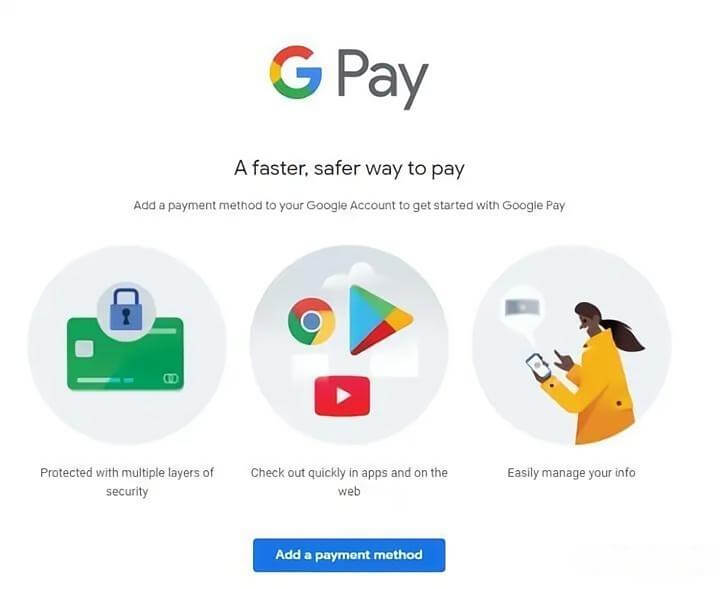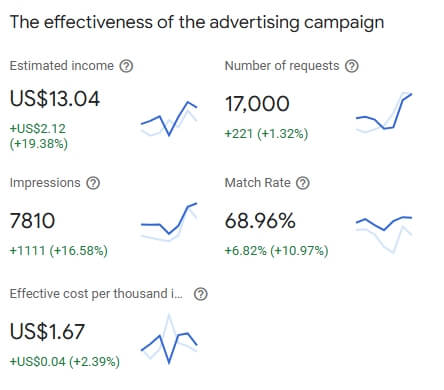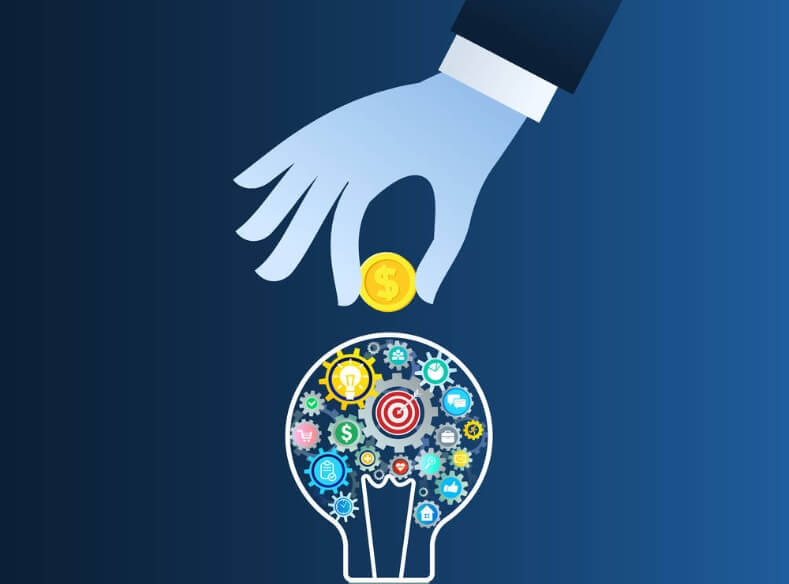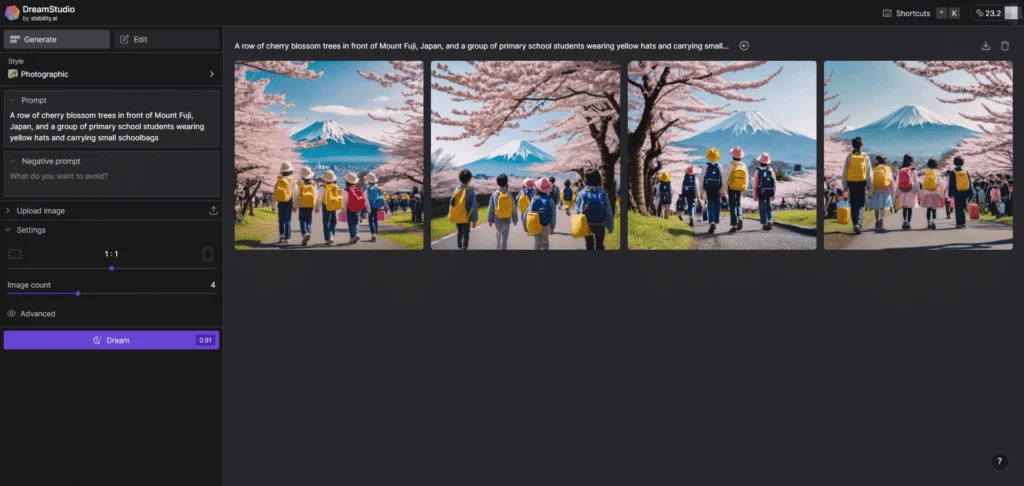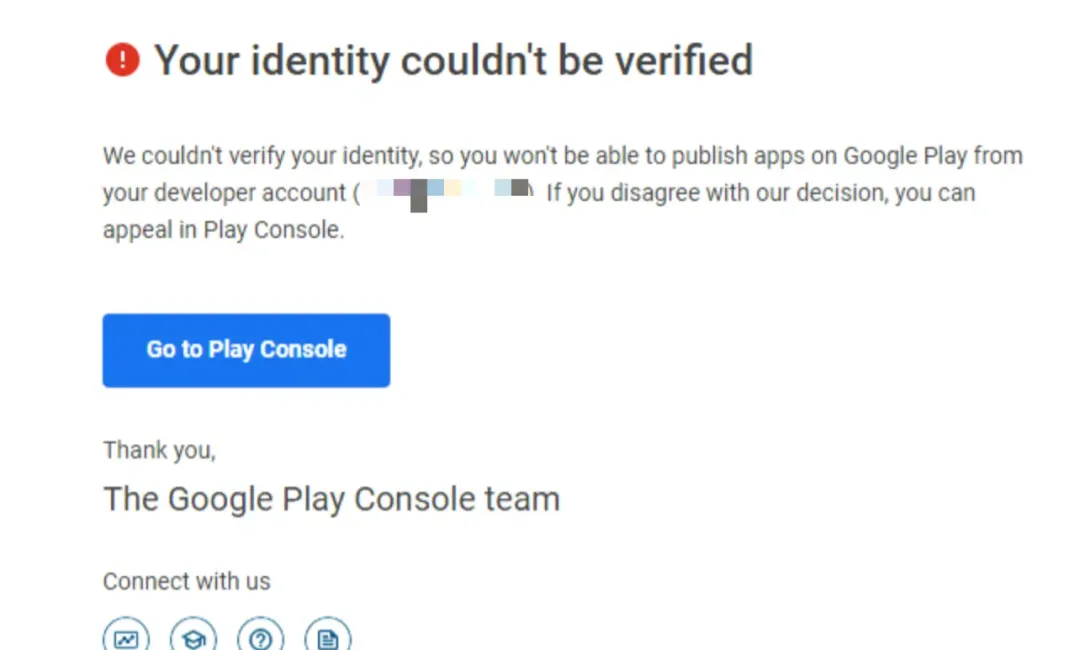In today’s internet industry, a common challenge is that traffic costs are skyrocketing. It now costs hundreds of dollars to acquire a single new user, and the retention rates after one day, three days, or seven days are often dismally low.
User attention is fragmented, meaning in a world full of distractions, how can you make users stick exclusively to your product? This involves creating addiction-like engagement—only when users become addicted will they keep coming back and not be swayed by competitors.
So, how can you make users addicted?
Strategy 1: Make Users Feel They’re Getting a Deal
Offer time-limited discounts and special offers.
Strategy 2: Provide Shortcuts and Lower User Participation Barriers
Follow the Occam's Razor principle: “Entities should not be multiplied beyond necessity,” meaning keep things as simple as possible.
Strategy 3: Enhance Prestige and Give Users a Sense of Status
Users need to feel a sense of presence. Offer high-status items like celebrity-endorsed products or exclusive community memberships (e.g., “I’m a cultural enthusiast”).
Strategy 4: Sell Social Currency (e.g., Inspirational Content)
There’s a market for motivational content. Combining inspirational content with your product can be effective. For example, Nike’s “Just Do It” and Li Ning’s “Everything is Possible” capture users’ minds and motivate them.
The above four strategies only cover the basics of creating user addiction. Just like in romantic relationships where we desire exclusive affection, truly making users addicted involves understanding their real needs and delivering exceptional customer service.
Here are seven strategies to effectively increase user loyalty and make your product irresistible:
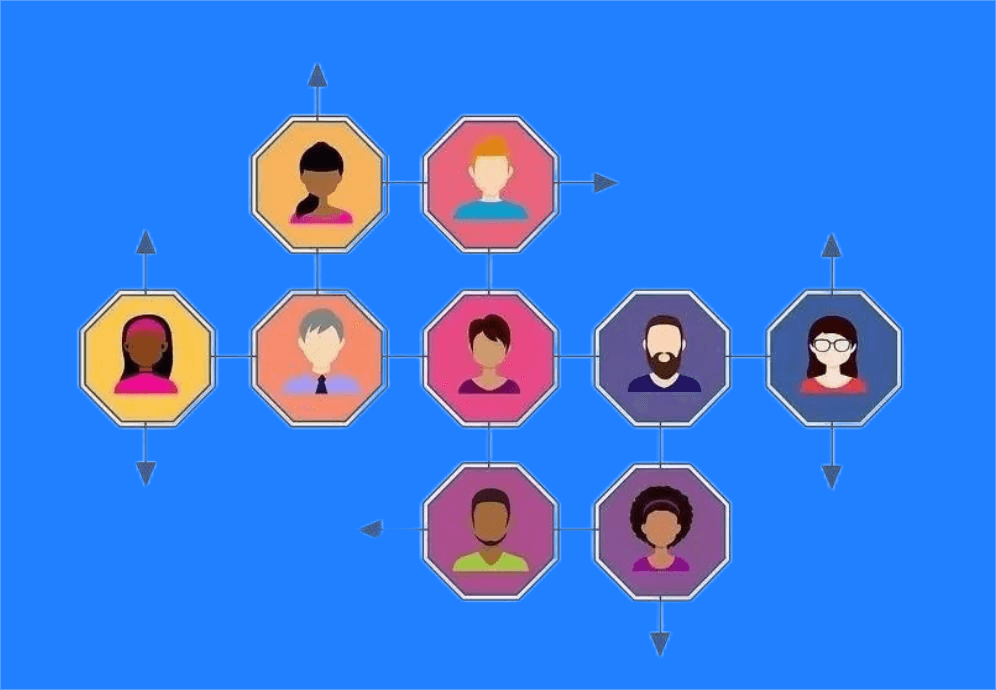
1. Use the "Freemium" Model Wisely
This model has been successfully implemented by companies like Rovio (creator of Angry Birds), Dropbox, and Skype. They offer a free trial or free version of their product, allowing users to test and benefit from the service.
The "freemium" model helps convert users into paying customers by:
-
Offering a free trial period where users find value and are likely to become paying customers.
-
Providing a free version with limited features or rewards to encourage sharing, inviting friends, or making purchases.
2. Increase User Satisfaction
Improving user satisfaction involves enhancing the value your product provides. For example, a frequent flyer program not only fulfills the need to travel but also offers lounge access and dining benefits, addressing users' prestige needs and increasing satisfaction.
In addition to increasing the product's value, lowering the overall cost to users—both economic and non-economic (time, effort)—is crucial. For instance, offering coupons or rebates for repeat purchases, like JD.com's beans or Suning's Yunzuan, helps increase repeat purchases and perceived value.
3. Provide Valuable Content
Users typically spend 10 to 20 seconds on a webpage, but valuable content can extend this time and attract more attention. By optimizing your content based on user behavior, you can increase the trust and loyalty of your users.
4. Foster Creativity
Nike launched the NIKE ID service in 2008, allowing users to design custom Nike products with various colors, materials, and personal symbols, creating a unique product experience.
5. Bundle with Social Integration
Tencent’s QQ is a universal social app that quickly integrates with all its products, adding social attributes. For example, if a game like Honor of Kings couldn’t pull in WeChat friends for team play, would you still play?
6. Purchase User Loyalty
Establishing a customer rewards system is a common practice, such as cashback, point rewards, or direct gifts. The core idea is to share part of the company's economic benefits with users to encourage actions linked to loyalty.
7. Personalized Operation
Personalized operation means expressing love in every detail—tailoring interactions based on user behavior and attributes.
-
User Segmentation: Segment users based on lifecycle stages, attributes, behavior, or payment habits to provide tailored content and recommendations.
-
Activation through Effective Marketing: Use recommendation engines to discover and push content that aligns with users' interests, reducing their operational cost and enhancing their experience.
In conclusion, real-time monitoring of user lifecycle states, implementing various strategies to motivate users, and creating an automated data marketing system can maximize user value and achieve optimal marketing results.
